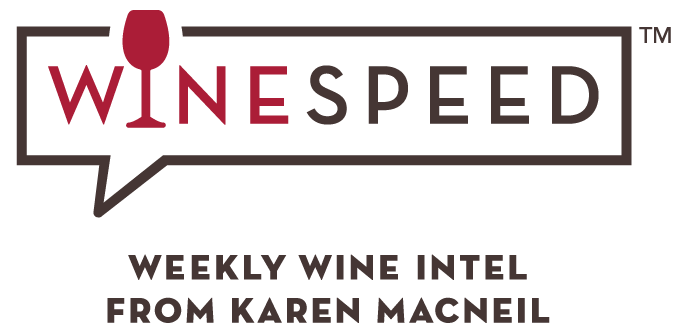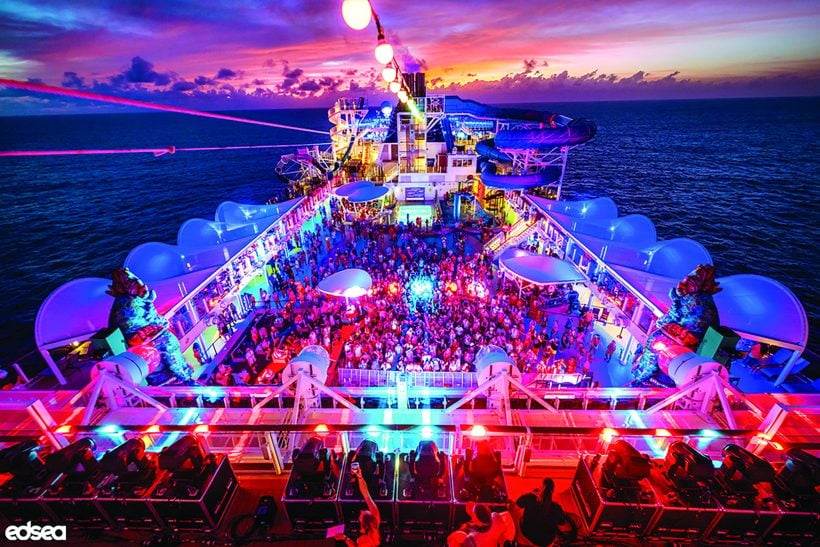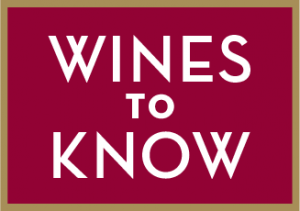
LANG & REED | CABERNET FRANC 2014
(North Coast, California) $27 (750ml)

You want a delicious summer red. Nothing limp. Something with backbone…just not the ramrod backbone of, say, well, you know, the big guns. A good summer red needs some grip (juxtaposition for BBQ perhaps) and a modicum of freshness (because it’s hot out). A good summer red should be like a man’s summer suit—manly, yet capable of being worn lightly. Here’s that wine. Cabernet Franc specialists John and Tracey Skupny have been making Loire-inspired cabernet franc for 24 years in California. Their artisanal approach shows. (13.5% abv)
90 points KM
Available at Lang & Reed
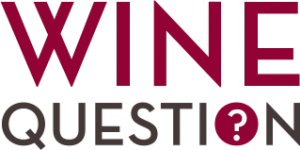
Which group of people below were key platers in the development of Cognac?
- A. The East Indians
- B. The Spanish
- C. The Dutch
- D. The English
Scroll down for the answer!
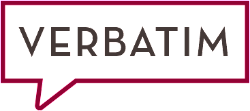
“When it comes to wine, I tell people to throw away the vintage charts and invest in a corkscrew. The best way to learn about wine is drinking.”
—Alexis Lichine, Russian writer who wrote widely on wine in English (1913-1989)
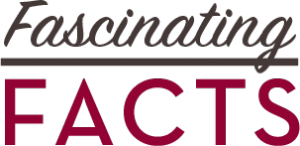
IS THE TABLECLOTH ON?
South Africa’s premier wine region—the Coastal Region—includes one of the most impressive sights to be found in wine country anywhere—the 3,563-foot-high, flat-topped, granite-based mountain known as Table Mountain. Singular and dramatic, with a plateau more than 2 miles long, Table Mountain forms an amphitheater around the bustling seaside city of Cape Town. The mountain was formed approximately 250 million years ago as a result of massive geologic eruptions that resulted in plutons, domelike protrusions of hot lava that rose from deep within the earth to penetrate its crust. After cooling, the plutons of the Western Cape eroded into unusual, flat-topped mountains like Table Mountain. Fascinatingly, the top of Table Mountain is often covered by clouds, forming what the locals call the “tablecloth.”


A NEW EDIFICATION OF KRUG
Earlier this year, Margareth (Maggie) Henriquez, the president and CEO of Krug Champagne, came to my office, a few bottles of Krug in tow. (Now that’s my idea of a business meeting). In rapid fire speech, she began to explain something that I’ve never understood—namely: how is it that Krug considers all of its Champagnes prestige cuvées? Continue Reading…

CONJUNTIVE LABELING
A type of labeling whereby small appellations within a large appellation must also list the large appellation on the label. The Napa Valley, for example, passed a conjunctive labeling law in 1989. As a result, when a Napa Valley winery lists Stags Leap District, or Oakville, or Rutherford (or any of the other 13 appellations within the valley) on its label, it must also add the words “Napa Valley.” The intent of conjunctive labeling is to guard against small appellations becoming more prominent than the region within which they lie. By comparison, there is no conjunctive labeling law in Bordeaux. Indeed, no First Growth Bordeaux has the word “Bordeaux” on its label.
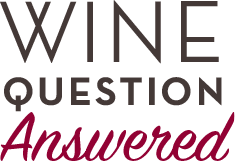
C.From the end of the Roman Empire through the 16th century, the area surrounding France’s Charente River, which is where Cognac is made, was known for neutral tasting wine, most of it white and low in alcohol. The Dutch, who traded in the area for salt (the Cognac region’s other renowned product), began to purchase and ship these wines to England and to other northern countries, despite their disappointment with the wines’ proclivity to deteriorate during the sea voyage. Their solution eventually was to distill the wines in the Netherlands and then the sell the more durable result, which they called burnt wine–brandewijn–eventually anglicized to brandy. And, thus, sometime in the 17th century, Cognac, the world’s most-sought-after brandy, was born.


